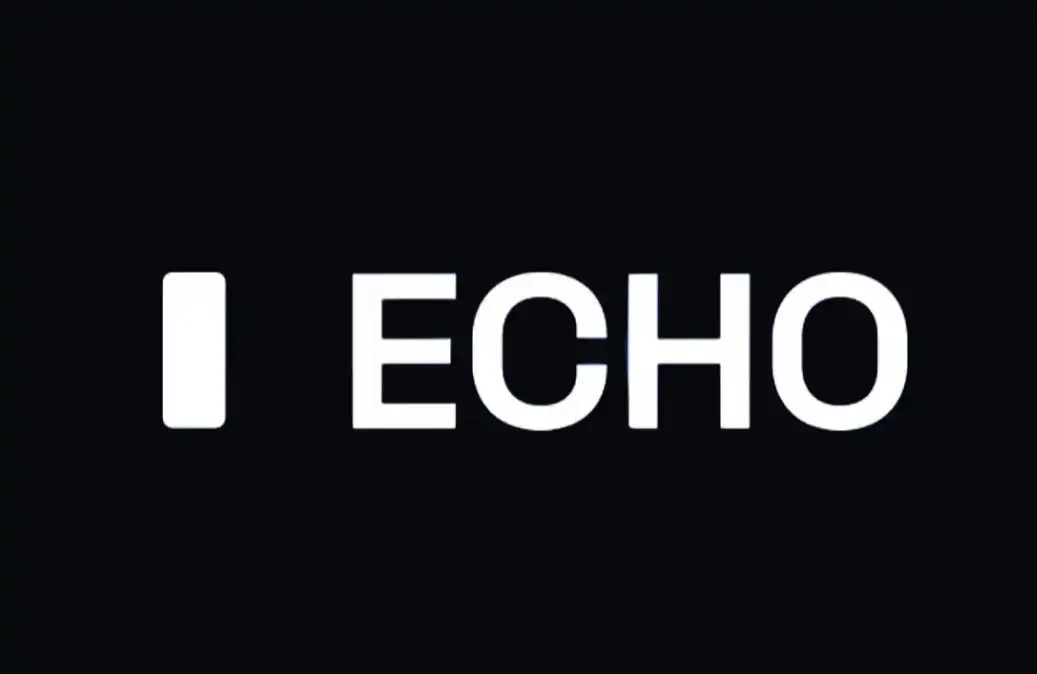Decentralized social protocol: Nostr goes left, Farcaster goes right.
Original Title: "Decentralized Social Protocol: Nostr Goes Left, Farcaster Goes Right"
Original Author: 0xOrange, Deep Tide TechFlow
On February 1st, Twitter co-founder Jack Dorsey tweeted that the social products Damus and Amethyst, based on the distributed social media protocol Nostr, have officially launched on the Apple App Store and Google Play Store. Without a doubt, the public key letters of each platform will flood WeChat Moments and Twitter timelines, making decentralized social media a hot topic once again.
At the same time, everyone inevitably compares it with classic WEB2 social products like Twitter, but some people make the mistake of comparing Twitter with Nostr, or equating Damus with Nostr. The misconception here is that Nostr is essentially a protocol, and Damus is a third-party application developed based on the protocol. There are many similar applications like Damus, and below is a comparison of different client implementations of Nostr.

Nostr is a minimalistic protocol dedicated to creating an anti-censorship global "social" network. This vision reflects the current social dilemma: social networks are subject to censorship and lack freedom.
The most commonly discussed example is of course Twitter, but did Twitter do anything wrong?
I don't think so, because it is a privately registered company in the United States (formerly a public company), which means it needs to be regulated, be accountable to shareholders, and have a profitable business model... It is a business company, not a defender of free speech.
As a company, it has the right to set its own boundaries for speech censorship. For example, when various types of child pornography, hate speech, and racial hatred flood the platform, it will inevitably lead to the expulsion of good money by bad money, thereby affecting the advertising demand of advertisers. In addition, government, public opinion, and even the opinions of internal employees may become pressures that affect speech censorship.
Who will defend the freedom of social networks? I think it should not be solely the responsibility of companies or applications, but rather entrusted to protocols like Nostr and Farcaster, which ensure freedom through code.
Using the most common analogy, Nostr and Farcaster are the social Layer1, providing a truly free "public" space where various developers and private companies can build applications based on this public square. In theory, classic WEB2 applications such as Twitter can also be built on Nostr. In the social Layer2, the competition is in UI/UX, curation, and operation. Different applications may have different standards for content moderation, but this does not affect the existence of "source information". Even if certain information is blocked in one application, it can still be displayed in another application, allowing everyone to freely choose their preferred application.
Nostr and Farcaster are representative social protocol layers, and in addition, there are Lens Protocol and DeSo, which have the same goal but different technical routes and even "protocol personalities".
Comparing Nostr and Farcaster, a simple conclusion is that Nostr is more like Bitcoin, while Farcaster is more like Ethereum.
Essentially, Farcaster is still a VC-funded company founded by former Coinbase executive Dan Romero, which raised $30 million in July 2022 with a16z as the lead investor.
Farcaster's early invitation user group mainly consisted of VC, project founders, and Ethereum community users.
In terms of design, Farcaster uses the Ethereum architecture. Creating a personal profile on Farcaster generates a mnemonic and an identity on the Goerli testnet of Ethereum. Farcaster chooses to host user identity information on the chain, namely the Global Data Registry.
Because storing information on the chain itself is expensive, Farcaster's choice is to store a person's identity information and the ability to read and write data on the chain, while other data information (such as private messages sent) will be stored in the off-chain server Farcaster Hubs, to ensure that users have complete control over their identity, social relationships, and data information.
Currently, there are over 30 applications built on the Farcaster protocol.

Compared to Farcaster's millions of dollars in financing, Nostr seems humble. It was established by a group of anonymous developers without external financing, and later received a donation of 14 BTC from Twitter founder Jack Dorsey, which is the only external funding.
In the early days, Nostr's supporters were mainly Bitcoin enthusiasts led by Jack, including Martti Malmi, the core developer who set up the Bitcoin forum for Satoshi Nakamoto, who developed the iris.to client based on the Nostr protocol.
Like Bitcoin, Nostrum pursues "simplicity". Each user's identity information is their public key, and the core consists of two components: the client and the relay (also known as the forwarder).
Each person runs a client, and when they want to publish certain content, they need to sign it with their private key and send it to multiple relays (servers hosted by others or yourself). To get updates from others, you can ask multiple relays if they know about these other people.
Anyone can run a relay, and we don't need to trust the relay. The signature is verified on the client side.
In summary, BTCStudy Ajian describes Nostr as a public key-based, minimalist, and censorship-resistant information transmission protocol.

除了 Nostr and Farcaster, the hottest social protocol is undoubtedly Lens Protocol, a decentralized social media protocol built on Polygon by Stani Kulechov, the founder of DeFi lending project Aave.
The core of Lens Protocol lies in fully utilizing the potential of NFTs, and building a social graph based on NFTs.
For example, when you create a Lens profile, an NFT is generated by minting in your Ethereum wallet; when you follow someone on Lenster, you mint a "follower" NFT (Follow NFT) on the chain, and each NFT has a unique number that records the order of creation/following.
Therefore, under the Lens Protocol, social relationships are not only a type of data, but also an asset that can be transferred through transactions.
From the perspective of ecological development, Lens Protocol should be the hottest social protocol currently, to a certain extent due to its modular design of components.

Lens Protocol is extremely developer-friendly, allowing developers to use modular components to build their own social applications on Lens, including a large number of Web3 and Web2 tools, as well as on-chain and off-chain data, all bound together by LensAPI. For example, for data hosting, applications can choose decentralized storage methods such as IPFS and Arweave, or traditional methods such as AWS; they can choose XMTP or Dialect for direct messaging, and choose Push or Notify to send notifications.
In the traditional internet industry, social networking is a gem because of its strong network effect. The oligopoly effect brought by the social graph is particularly evident. For example, the social endpoint of most social applications, including Tantan and Momo, is actually WeChat. It is difficult for anyone to leave the social relationships precipitated by WeChat.
Without discussing whether decentralized social networking can subvert traditional social relationships and graphs, the question here is whether decentralized social networking still has network effects. Who will be the winner?
The network effects and monopoly advantages of traditional internet social platforms largely come from their closed and licensed nature, building their own walled gardens. After a period of time, the cost of users leaving these platforms is very high because they cannot take their social relationships and graphs with them.
However, in decentralized social networks, without permission and with user control over their own social relationships (assuming they truly have control), the cost of user exit is lower, making it more difficult to accumulate network effects.
Or, decentralized protocols can accumulate some network effects, but applications are difficult to accumulate network effects.
This may be a kind of encryption freedom.
Just a starting point for discussion, let's explore together.
Original article link
Welcome to join the official BlockBeats community:
Telegram Subscription Group: https://t.me/theblockbeats
Telegram Discussion Group: https://t.me/BlockBeats_App
Official Twitter Account: https://twitter.com/BlockBeatsAsia


 Forum
Forum Finance
Finance
 Specials
Specials
 On-chain Eco
On-chain Eco
 Entry
Entry
 Podcasts
Podcasts
 Activities
Activities
 OPRR
OPRR







